National Automotive Testing and R&D Infrastructure Project (NATRiP), the largest and one of the most significant initiatives in the Indian automotive sector so far, represents a unique joining of hands by the Centre, a number of State Governments and the Indian automotive industry, to create state-of-the-art testing, validation and R&D infrastructure in the country.
MOTORINDIA caught up with Mr. Pradeep Agrawal, Director (Infra), NATRiP, who affirmed that the project aims at creating core global competencies in the automotive sector in India for vehicle development as well as world class homologation standards and facilitate seamless integration of Indian automotive industry with the world and also position the country prominently on the global automotive map.

Excerpts from the interview:
You were with Defence before joining NATRiP. Could you please tell us the kind of learnings that you have derived in your previous stint and implemented in your current organisation?
I joined NATRiP in 2012 and am here on Central deputation. I belong to the IDSE cadre which comes under the Ministry of Defence and have served the Military Engineer Services department all over the country. I was looking after infrastructure development, facility management of defence townships/cantonments, which includes the Army, Air Force and Navy, DRDO, coast guards and many other such defence establishments. In my previous stint, it was a challenging task of infrastructure development for the strategic needs of the country as well as to maintain and operate Air Force stations, fighter bases as well as defence townships within the strict and challenging environment of a result-oriented approach. Moreover, there has been no scope for even minor errors, and project deliveries and satisfaction of users have been the hallmark of my experience, simultaneously handling many stakeholders. The projects are also challenging in that sector because it involves multiple users, high-technology and integration with various suppliers and users’ requirements. Taking every stakeholder’s views and meeting their requirements was indispensable. So accepting the challenge and delivering on time was part of my assignment there. When I came to NATRiP, I concentrated on the complexities of the project by co-ordinating with several stakeholders, global as well as Indian consultants, evaluated and benchmarked users’ requirements as per best global standards and practices. This way I summarized and understood the project requirements and accordingly constituted my team of professionals, guided them with clear instructions, delegation and division of responsibilities and instill in them the confidence needed. Thus NATRIP, as a team, revived this prestigious mega project to build world-class facilities in the country for the first time to such a large extent. It was challenging in the initial phase. However, we revived this project with the active support of the NATRIP team, senior officials in the Ministry of Heavy Industries, and several others. Now NATRIP as a project is nearing completion and is best-in-class as per global standards.
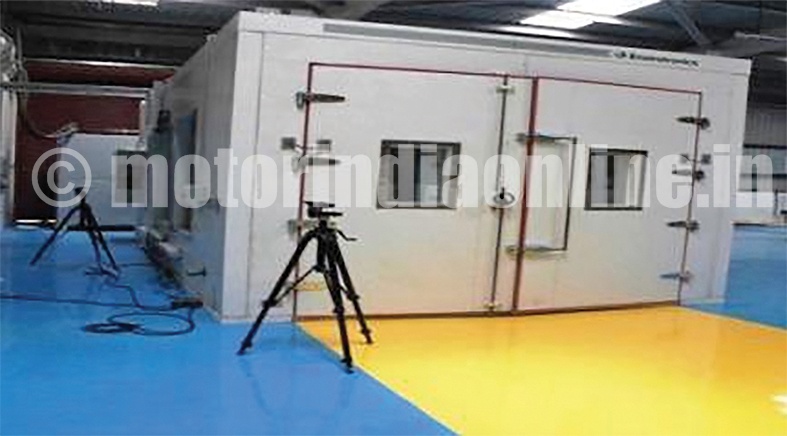
What is the current status of the readiness of the safety and testing infrastructure under NATRiP?
As you are aware, NATRiP is building seven centres across the country, out of which four are greenfield and three are brownfield projects. Among the greenfield facilities, one is the biggest at NATRAX, Indore, for which we have a land of more than 3100 acres. The second one is GARC, Chennai for which we have more than 325 acres of land. Then, we have got two separate sites at Silchar because of the land size. The fourth one is the National Center for Vehicle Research & Safety (NCVRS) and the National Accident Data Analysis Centre.
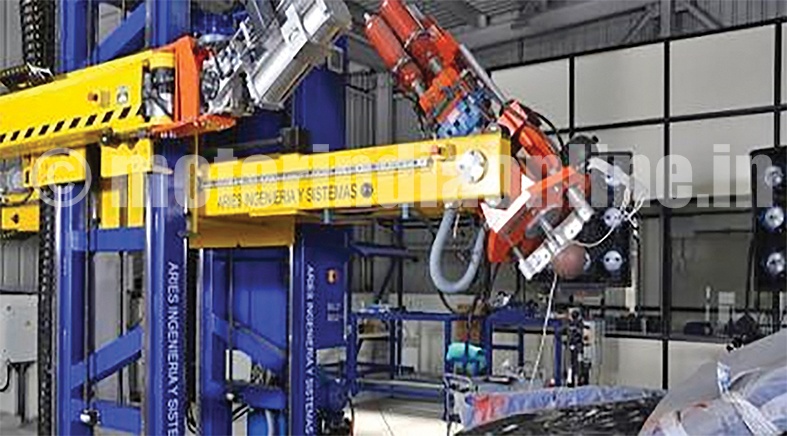
Among the brownfield expansion, we have upgraded the facilities at ARAI, Pune, Vehicle Research & Development Establishment (VRDE), Ahmednagar, and iCAT, Manesar. A lot of new CMVR regulations on vehicular safety will be enforced. On the lines of Euro NCAP, there will be BNVSAP safety norms under CMVR that will be implemented for all new vehicles by December 2017. In terms of these norms, most of the facilities are installed at iCAT, ARAI, GARC and NATRAX.
The major facility in terms of R&D development for vehicle safety and homologation are the test tracks. We are building test tracks at Indore which has a speed testing capacity of more than 350 km/hr and is one of the best in the world. Besides, we have an advanced passive safety facility in Chennai that will give full-fledged capability in terms of the vehicle’s development for its safety. Construction of the crash safety lab, having a covered area of more than 250,000 sq. feet, is in full swing, with the civil work getting over by August this year. Thereafter, the installation of equipment will happen in the next 6-8 months.
So how much is the investment earmarked for the NATRiP project and how much has been deployed?
Initially, the amount earmarked was about Rs. 1,720 crores. As of now, the entire project cost estimation has reached about Rs. 3,700 crores due to various technical factors and spillovers in time of completion of centres and labs. We have already spent about Rs. 2,400 crores, out of which a major chunk has been deployed for civil and utility infrastructure during last two years. The balance amount will go into building the test tracks and proving ground at Indore and Chennai, as well as testing and commissioning of labs and R&D Infrastructure. The project was conceived in 2006-07, it went on ground from 2009 onwards. Since it was a first-of-its-kind initiative, the inputs required were huge and many international experts were approached for this.
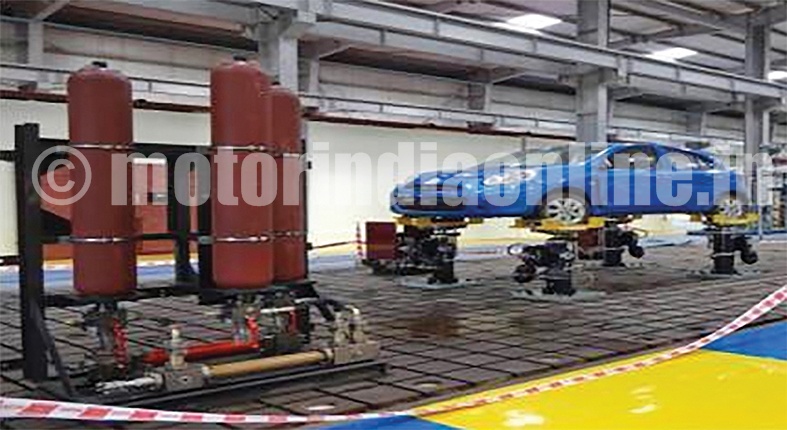
Have these facilities been benchmarked against global standards? If yes, will it also be catering to overseas markets?
Yes, these facilities have been benchmarked with those facilities available worldwide and have been upgraded as per the modern requirements. So whatever the labs and test tracks that we are making have gone above par in terms of global standards. In fact, through this project and construction of world-class test tracks, we have introduced Proving Ground technologies in India, which has certainly upgraded our knowledge for super expressways construction in India as per best practices in the world. I expect that this will bring in vast changes in technology and design in highways sector to be able to meet various challenges like enhanced road safety.
With the technological breakthrough, I do expect most of the global and domestic OEMs would shift their R&D activities to India. Moreover with the experience gained in this project, now there is no organization except NATRIP which can provide the entire spectrum of solutions like design, drawing, execution, project management, contract drafting, etc., related to proving grounds and R&D infrastructure in the auto sector worldwide.
To answer the second part of your question, NATRiP was conceived with the idea of creating R&D infrastructure for the development of vehicles aligned with the worldwide requirements. That means all our Indian vehicles should be having all the safety and emission requirements as mandated in Europe or the US. Furthermore, our labs are capable of meeting the specifications of any country and thus become globally competitive in export markets and contribute in ‘Make In India’ in a big way as envisaged in the Automotive Mission Plan of the Ministry of Heavy Industries. For example, our crash safety lab at Chennai has been configured in such a way that it will be able to meet the most stringent crash safety requirements of any country.
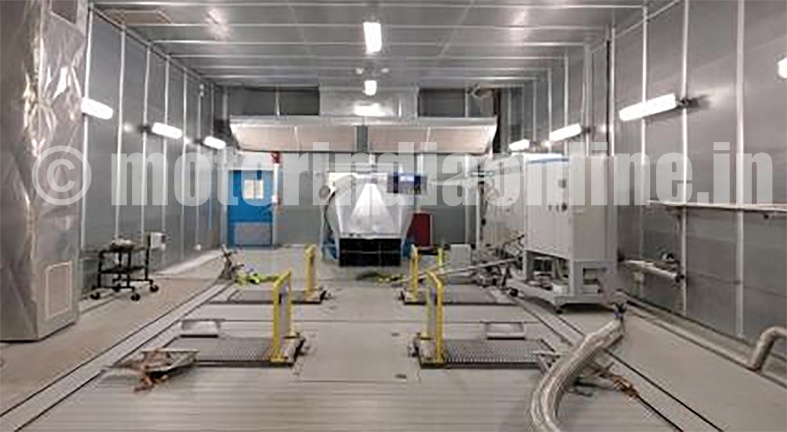
Are you well prepared to serve the OEMs for new safety and emission norms?
For the upcoming Bharat New Vehicle Safety Assessment Program (BNVSAP), we are catering to many domains in vehicle development by creating testing facilities in handling, ABS, steering, ride comfort, etc. We have an in-built testing lab for them in our test tracks. At GARC, Chennai, we have set up an airbag lab, the first of its type in the country. Now the question about the crashworthiness of the vehicle for passenger safety by way of absorbing impact energy in an accident / collision. For this we have established passive safety labs at Manesar and Pune. The biggest of the crash safety facilities is coming up at GARC for where we have Advanced Passive Safety labs. Hopefully it will be operational by June next year.
For the (BS-VI) emission norms, we are fully geared up. We are already having a powertrain lab comprising engine dynamometer and chassis dynamometer with our labs. All our upcoming NATRiP facilities are equipped to test vehicles for the Euro-VI emission norms. The same lab, with a little bit of tweaking and using the analysis gases and fuel, will be able to test vehicles complying with any emission norms. Having said that, there are some constraints like availability of fuel. The Government is taking some creative steps by announcing that the BS-VI emission fuel will be available by 2020 or even before.
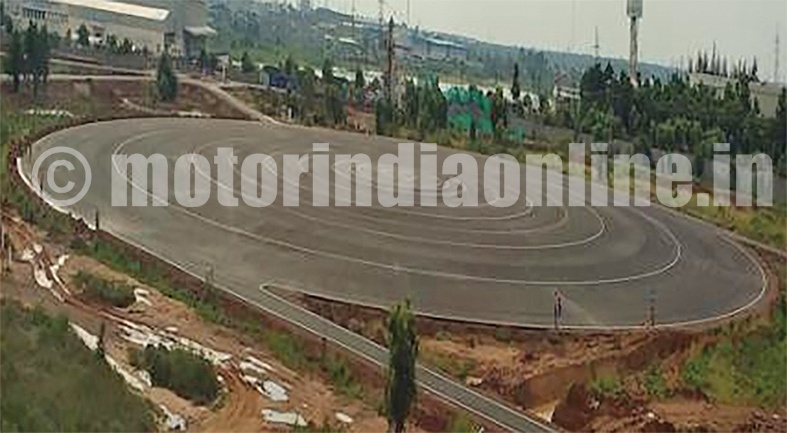
Do you witness any changes in the testing patterns of the CV industry?
What I feel is that bus or truck body making should be regulated through the safety regulations and should align with the standards set elsewhere in the world. The body builders, especially of buses, should be addressing public safety issues like fire hazards, etc. I think that is the area where the regulations have to change even though there are certain constraints like vehicle costs. There should be a centralized regulated production of the bodies, and as I understand the Government is also thinking on these lines and some measures have already been initiated in this direction. Some of the bus body codes have changed in order to comply with world-class standards. The National Analysis Data Centre is also collecting the actual accident data on national highways, and from that we will come to know about certain requirements to meet them.
It is a known fact that many OEMs are building their in-house R&D facilities. So where will NATRiP’s role come into play?
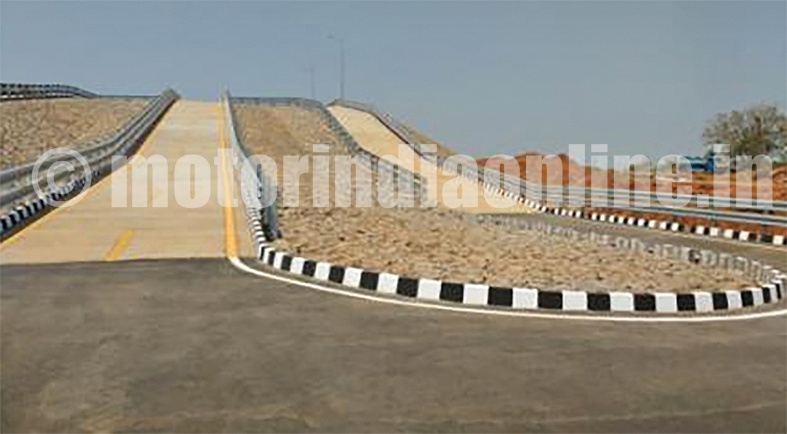
This is a very good question. If you see the trends the world over, every OEM would be having its own proving ground and testing facility. This is because when they develop their vehicles in-house, they need some facility to test and validate them. Moreover, the product development process is kept very confidential. So they maintain their secrecy and develop the vehicles at their backyards. That is the reason why leading players like Maruti, Tata Motors, etc., are building their facilities for their product development. But after doing their in-house development, they have to come to a centralized Government agency for certification requirements. They would also like to gauge the vehicle performance at a mega facility like NATRIP spread over more than 3,000 acres land or like the one in Indore at NATRAX. This is something which a single manufacturer cannot afford (to build) at multiple locations that we run. So our role comes into play when they have to meet the most stringent standards.